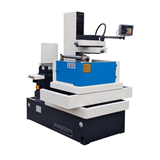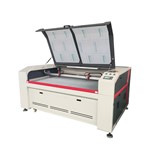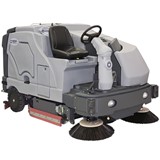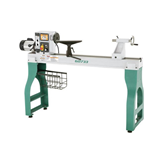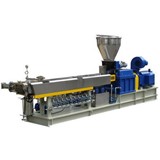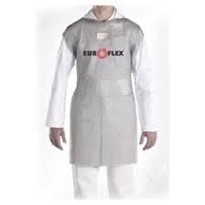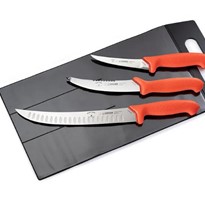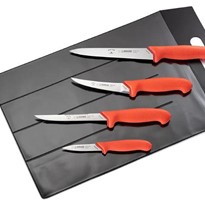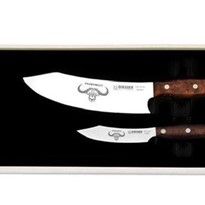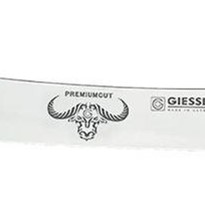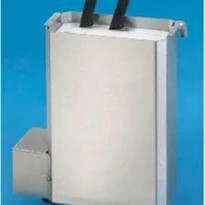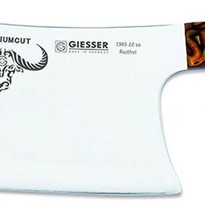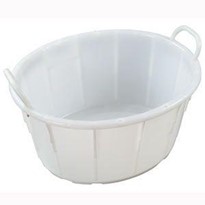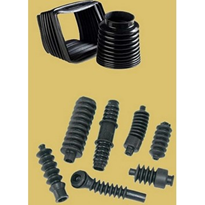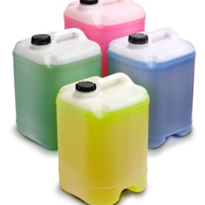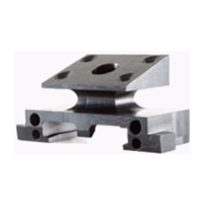Knife skills are paramount for butchers, boners, chefs and at home. They form the bedrock upon which every great chef, butcher and boners builds their career. Mastery of knife techniques not only enhances efficiency and safety at work but also elevates the quality and presentation of dishes, meat trays and prime cuts. See www.kentmaster.com.au
This article explores why knife skills are essential for chefs, butchers and boners and the various techniques they must master, and where to find high-quality knives, including Giesser knives, in Australia.
The Importance of Knife Skills
- Precision and Consistency of Knife skills enables chefs to cut ingredients uniformly, ensuring even cooking and consistent presentation. It also allows for butchers and boners to operate safely while maximising yield and presentation. Whether it’s julienning vegetables, dicing onions or cutting prime cuts of meat, precision is key. Uniform cuts not only look professional but also ensure that the ingredients of meat, fish and vegetables cook at the same rate, enhancing the overall quality of the dish.
- Good knife skills significantly speed up the efficiency of food preparation. A chef who can quickly and accurately chop, slice, and dice ingredients will be more efficient in the kitchen. A butcher who can reduce waste and increase yield as well as the appearance of meat trays, significantly displays his shop window, showcasing the best value for money. The fish monger who can have consistent depth and length of fillets of fish benefits from portion control. A boner in an abattoir or boning room can make all the difference in profitability. This efficiency is crucial in a professional setting where time is of the essence, and delays can impact service and out put.
- Safe use of proper knife techniques reduces the risk of accidents no matter the situation or purpose of use. Knowing how to hold a knife correctly, how to make precise cuts, and how to maintain a sharp blade are all critical for preventing injuries. A dull knife requires more force to cut, increasing the likelihood of slips and cuts.
- Skilled knife work minimises waste and increases yield and presentation. A good knife handler can extract the maximum amount of usable product from each job, which is both cost-effective and environmentally friendly. For example, a well-executed fillet of fish leaves minimal meat on the bones, maximising yield. A good butcher makes all his steaks similar in appearance and size. A boner knows the exact place for cutting carcasses.
Essential Knife Techniques
- Chopping and dicing are fundamental skills every chef must master. Chopping involves cutting ingredients into large, uniform pieces, while dicing refers to cutting them into smaller, even cubes. These techniques are used for a variety of ingredients, from vegetables to meats.
- Julienning is a technique used to cut ingredients into thin, matchstick-like strips. This method is often used for stir-fries with both meat and vegetables like carrots and bell peppers. The uniformity of the cuts ensures even cooking and a visually appealing presentation.
- Brunoise cut is a fine dice, typically used for aromatic vegetables like onions, carrots, and celery. This technique starts with a julienne cut, followed by dicing the strips into tiny cubes. Brunoise is often used in sauces, soups, and garnishes.
- Chiffonade is a technique used to cut leafy greens and herbs into thin ribbons. The leaves are stacked, rolled tightly, and then sliced perpendicular to the roll. This method is commonly used for basil, spinach, and other leafy herbs.
- Filleting involves removing the bones from fish. This technique requires a flexible, sharp knife to make precise cuts along the bone, ensuring maximum yield of the fish. Filleting is essential for preparing dishes that require boneless cuts or portion control, such as salmon.
- Slicing is used to cut products into thin or even pieces of portioning a rump or brisket. This technique is often used for meats, fish, and vegetables. A sharp knife and steady hand are crucial for achieving uniform slices, which are important for cooking and presentation.
Choosing the Right Knife
A quality knife is the most important tool in a chef’s, butcher's and boner's arsenal. It is versatile and can be used for a variety of tasks by all knife handlers. It must be able to clean up well, sharpen easily and keep its edge. www.kentmaster.com.au
When choosing a knife, consider the following factors:
- Blade Material made from High-carbon stainless steel is a popular choice for all knives. It combines the durability of stainless steel with the sharpness of carbon steel. This material is resistant to rust and stains, making it ideal for the demanding environment of a professional kitchen, a butcher's shop, a fishmonger and an abattoir or boning room.
- The most popular knives typically range from 6 to 12 inches in length. A 6" or 8-inch blade is a versatile choice that can handle most tasks. However, the ideal length depends on the preference and tasks the user performs most frequently.
- The handle should be ergonomic and provide a comfortable, secure, nonslip grip. Look for ergonomic designs that reduce hand fatigue during extended use. Materials like wood, plastic, and non-slip composites are common choices for handles. Coloured handles also help with room or job specs. White handle for boning rooms, red handle for kill floor, a blue handle for chefs, a yellow handle for poultry and many more reasons.
- A well-balanced knife feels comfortable and stable in the hand. The weight should be evenly distributed between the blade and the handle, allowing for precise control during use.
Giesser Knives: A Cut Above their Competitors.
Giesser knives (which commenced work over 2 Hundred years ago) are renowned for their quality, precision, and value for money. Made in Germany, these knives are crafted from high-carbon stainless steel and feature ergonomic handles for comfort and control. Giesser offers a wide range of knives for every purpose, including chef’s knives, filleting knives, butchers, boners and specialised cutting knives, making them a popular choice among professionals
Where to Buy Chef Knives in Australia
- KENTMASTER Manufacturing – www.kentmaster.com.au with decades of experience in A-Z of ALL factors in all industries, was originally founded in the 1940s in the USA. Shop with the friendly and very knowledgeable staff and talk to us; you’ll get the best and most experienced advice in the field.
SUMMARY
Knife skills are the foundation of every great chef, butcher and boner. They enable precision, efficiency, safety, and waste reduction in all operations. Mastering essential techniques like slicing, chopping, dicing, julienning, and filleting is crucial for any aspiring professional. Investing in a high-quality knife, such as those offered by Giesser, can significantly enhance your skills. With several reputable online retailers in Australia (www.kentmaster.com.au), finding the perfect knife is just a few clicks away. Whether you’re a professional chef, a butcher, or a home cook, honing your knife skills and using the right knives will elevate you to new heights.
Remember Kentmaster and Giesser for your best knife assets.







-160x160-state_article-rel-cat.png)







